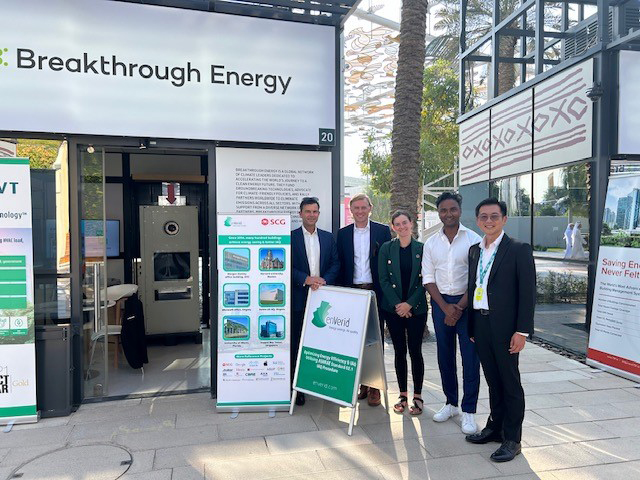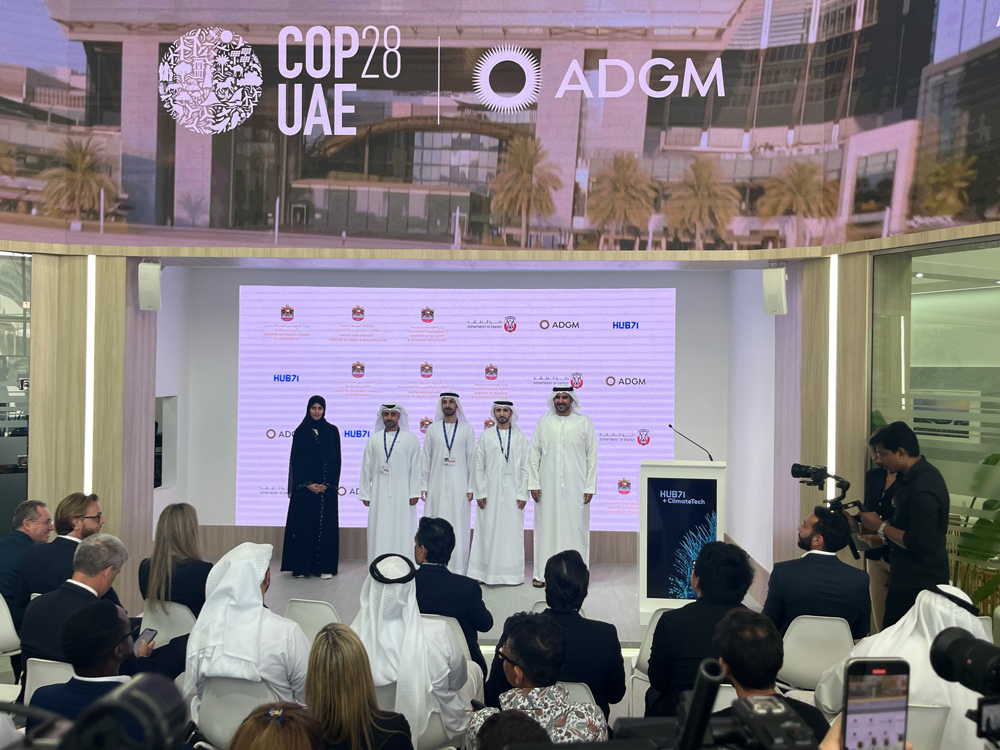The built environment plays an increasingly important role in global actions to limit carbon emissions. COP28 was the first COP to focus specifically on the actions of the built environment, with a dedicated day on 6 December: “Multilevel Action, Urbanisation and Built Environment/Transport.”
According to the World Bank, buildings that fail to adapt to climate change may face economic risks ranging from property damage to increased insurance costs.
While buildings face the brunt of extreme events linked to climate change, they are also uniquely placed to be part of the decarbonisation solution. The International Energy Agency estimates that retrofitting buildings with energy-efficient operations could reduce global carbon emissions by up to 6.1 gigatons by 2050.


Buildings Breakthrough Initiative
Taronga Ventures was pleased to see significant conversations focusing on real estate and infrastructure, and the announcement of Buildings Breakthrough, an International Code Council’s (ICC) initiative which endeavours to drive the global adoption of near-zero emissions buildings by 2030. The Buildings Breakthrough initiative aims to strengthen international cooperation toward decarbonising the built environment and making sustainable solutions the most affordable, accessible, and attractive option worldwide by 2030.
Several global organisations, including the International Energy Agency and the International Renewable Energy Agency, will perform annual assessments, offering status updates to keep an eye on meaningful and substantive progress.
“This initiative means high carbon efficiency will be expected for new and existing buildings, for current construction and developments, including retrofits. Deployment of technology and innovation across the entire lifecycle of the built environment will be crucial in making 2030 a reality. We are thrilled to see this vital step for a key industry.”
Rebecca Jinks, Director of ESG & Sustainability
The next phase of Buildings Breakthrough will be to establish priority actions. In March 2024 the Buildings and Climate Global Forum has been set for global building and construction ministers in Paris, France. Building codes, designed to reinforce intentions with regulatory action, will be one core focus of ongoing meetings.


World Green Building Council open letter
The World Green Building Council (WorldGBC) used COP28 as an opportunity to announce a call to action for our industry. A good market portion of businesses and organisations from every corner of the globe have signed this letter to lend their support.
The letter puts pressure on political leaders to deliver regulations necessary to scale up action and deliver on the massive potential within the real estate and infrastructure sectors. The letter provides support for the Buildings Breakthrough initiative, and draws attention to the fact that the sector has the potential to reduce its 37% portion of global carbon emissions while creating $1.5 trillion in sustainable investment opportunities within emerging markets.
Industry group BuildingToCOP emphasised in a related session that the solutions needed to achieve our global emissions reduction goals already exist and that a focus on accelerating the deployment of solutions at scale is vital.


Taronga Ventures heard from the CEO of our portfolio company Ampd Energy, Brandon Ng, who spoke on “Scale and speed in decarbonising the built environment”, and how Ampd Energy is providing cleaner, quieter and data rich power to construction sites with its advanced battery energy storage systems that replace diesel generators. With 250 Enertainers deployed, 150+ projects delivered, 40,000 tonnes of CO2 avoided, Taronga Ventures is pleased to be supporting Ampd Energy in its vision for an emission-free future for construction.
What’s next?
COP28 affirmed that our industry already has the tools it needs to reduce the carbon intensity and resiliency of our assets — buildings will play an active and pivotal role in meeting global carbon emission reduction targets. Organisations like the BuildingToCOP Coalition have encouraged future conferences to continue to prioritise the built environment as both a necessary participant and an urgent climate solution.
“Collectively, we had the opportunity to create the blueprint of what we feel should represent a COP of the future, an innovative, multi-stakeholder-led process that really makes real-world impact.”
Sabrin Rahman, Director of Partnerships for COP28
We are looking forward to the application of technology and innovation within the real estate and infrastructure sector to drive substantial carbon reductions. This will occur across the entire building value chain – from development and construction to operations and end of life management. All scopes can be addresses with today’s tools and technology and must be considered immediately.
“We have the tools today to decarbonise our industry, we just need ambition and character. If we don’t take action now, we can’t avoid embodied carbon in the future.”
Robert Niven, CEO of Taronga Ventures portfolio company CarbonCure at his presentation at COP28
Embodied carbon, and a focus on the whole value chain carbon impact of our sector will continue to be spotlighted, and technology providers, like CarbonCure which injects recycled CO2 into concrete, will continue to innovate their solutions.


“Now more than ever the real estate, infrastructure and built environments sectors have to act to address our level of carbon emissions. Innovation and technology are a part of the solution but we also require organisational change because ‘business as usual’ is just not working.”
Jonathan Hannam, Co-Founder & Managing Partner of Taronga Ventures
With COP28 hosted during the hottest year on record, there has never been a more urgent need to take global action.
